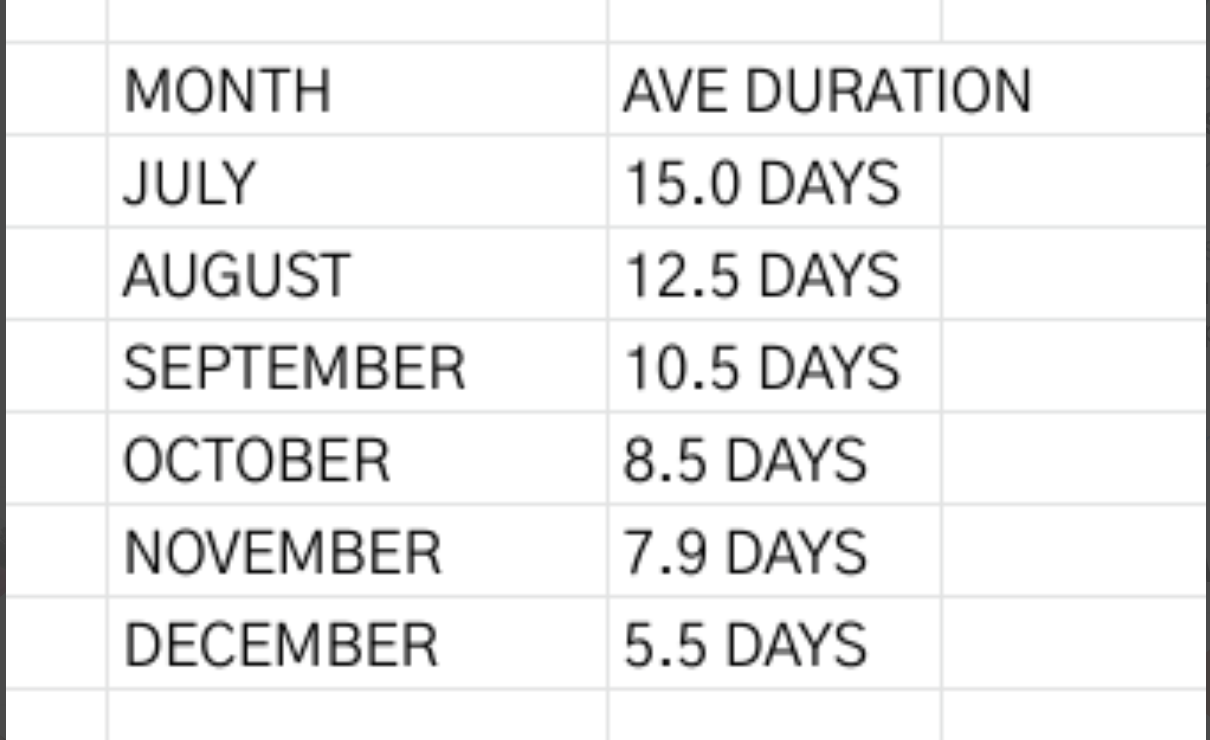Since the start of the epidemic, concerns about overwhelming hospitals have been a primary justification for all the measures taken to reduce case spread. The background is that hospitals in the United States run at very high capacity almost all the time. This is due to pressure by third-party payers to lower costs, and hospitals have high fixed costs, so reducing capacity to match utilization is one of the most effective ways to lower costs per admission. People shouldn’t be alarmed by high capacity utilization. In addition, we all should recognize by now that we are keeping statistics for this epidemic in an unprecedented manner and that includes hospitalizations. There is a certain proportion of CV-19 admissions that are patients admitted for another reason who happen to test positive and people who actually acquire the infection in the hospital. That is exacerbated by financial incentives for hospitals to find every possible reason to call an admission a CV-19 one. In recent weeks hospitalizations have also likely been inflated by the requirement that remdesivir be administered on an inpatient basis, by use of observation stays and other factors. Not surprisingly, as the chart below suggests, average length of stay has dropped significantly, to five days. That means a lot of patients are only in the hospital for a couple of days. The most meaningful measure, which is now about impossible to figure out in Minnesota, is total days of hospitalization per case unit. That trend would tell you something about actual utilization and case severity trends. Thanks to Kyle Lamb on Twitter for this chart.



Just spent an hour on the elliptical- the TV in front of me had the NBC nightly news- Extreme Panic Edition. HOSPITALS OVERWHELMED! DOCTOR DIES OF COVID! RECORD CASES! RECORD HOSPITALIZATIONS!
Meanwhile back in the real world my brother in law, who is 70 some and has diabetes and the cancer, and who has spent the last eight months locked down got the covid. My sister says he wasn’t all that sick, and his temp is back to normal. Color me shocked!